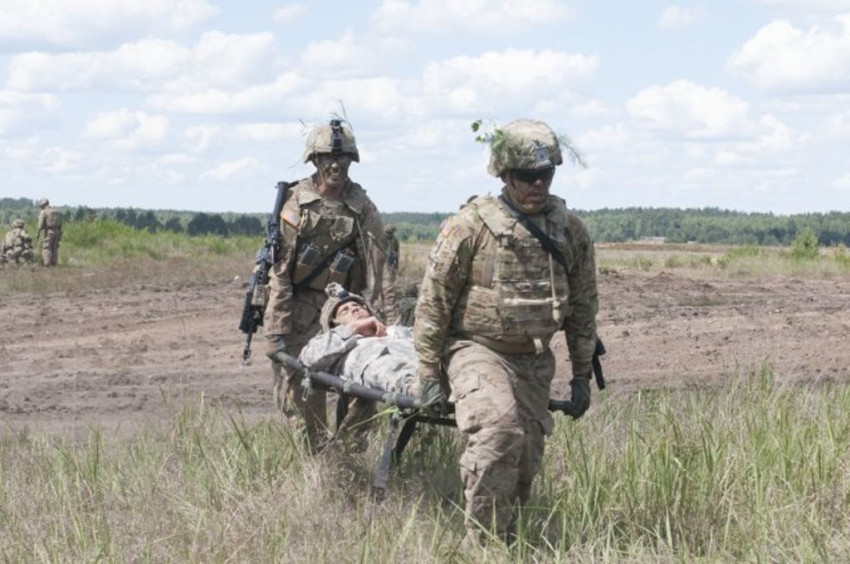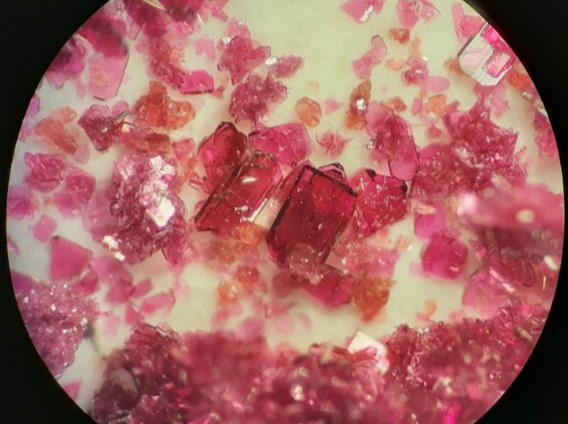
Injectable bandage for combat situations
By adding nanoparticles to an existing hydrogel, US researchers have created a material which clots blood faster and therefore promotes healing. It could prove very useful for the armed forces, where many soldiers still die due to untreatable (internal) bleeding.
‘An ideal injectable bandage should solidify after injection in the wound area and promote a natural clotting cascade,’ explains research leader and university lecturer Akhilesh Gaharwar of the Texas A&M University in a press release. Initial tests have shown the 'injectable bandage' to double the speed of blood clotting.
Hydrogel with nanoparticles
The 'injectable bandage' has two components: a hydrogel and nanoparticles. The hydrogel is based on kappa-carrageenan, a thickening agent made from seaweed. The hydrogel contains nanoparticles, which have a number of different functions. To begin with, they render the gel stiffer, keeping it more effectively in place once in the wound.
Secondly, the nanoparticles ensure that the hydrogel becomes shear thinning: under high shear stress, the viscosity is greatly reduced and the gel becomes a thin liquid. High levels of shear stress occur in the hydrogel in an injection needle, making it ideal for needle application.

Finally, the nanoparticles form a basis to which certain proteins readily adhere (see illustration above). In turn, these proteins attract blood platelets, which are responsible for natural blood clotting in the body. After injection therefore, the nanoparticles stimulate the body's natural clotting process. This principle has already been studied.
Slow release of medication
The researchers have identified a fourth function for the nanoparticles, which has yet to be put into practice: 'We can imagine it would be very interesting if our injectable bandage could give slow release of medication,’ says doctoral student Giriraj Lokhande of the Texas A&M University. ‘The nanoparticles have a negative surface charge, which is extremely suitable for attaching molecules of certain medication for this purpose.'
Combat situation
The material has been developed first and foremost for the armed services. Airborne shrapnel is a dangerous reality during combat situations. On contact with the body, it can cause internal wounds. When serious and not directly treatable – as is the case during combat – soldiers can bleed to death.
Various materials have been developed and marketed in recent years to deal with superficial wounds. However, there was little available for internal bleeding. The researchers at Texas A&M University therefore expect a great deal of interest in their work. The theory is that, within a few years, soldiers will be provided with an injection needle containing a rapid clotting agent, in order to inject themselves if wounded by airborne shrapnel. Further research is still required in test animals and humans.
If you found this article interesting, subscribe for free to our weekly newsletter!
Opening photo: US Army soldiers carrying a 'wounded' colleague during a 2016 exercise.






